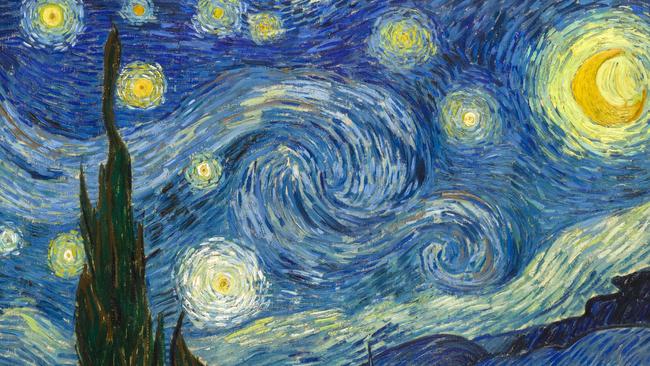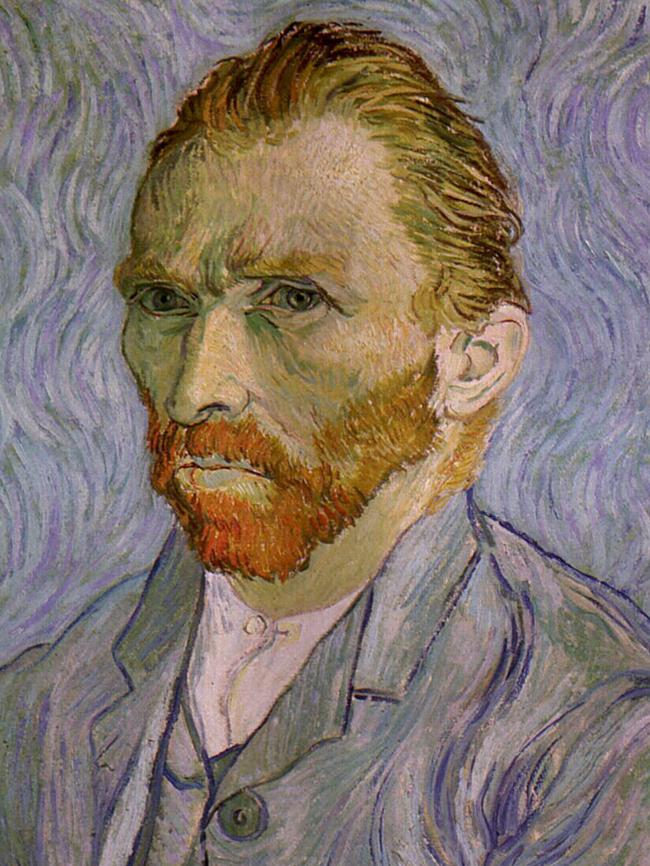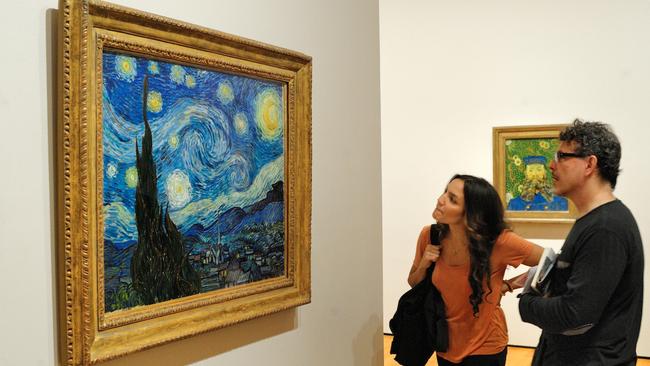How van Gogh’s swirls are making an impression on today’s physicists
Modern science is looking again at Vincent van Gogh’s Starry Night and concluding that he was depicting complex phenomena of the natural world.

Vincent van Gogh is remembered for his extraordinary art and a tempestuous mind – but a study suggests he also had an uncanny grasp of some of the most elusive laws of physics.
Painted by the Dutch artist in 1889, The Starry Night depicts the view from his room in a psychiatric hospital in Saint-Remy in southern France. He had admitted himself to the asylum after a mental breakdown during which he had cut off part of his own ear. A year later he would end his life at 37.
In the months before he created the work, he appeared to have suffered psychotic episodes, hallucinations and delusions.
Yet scientists believe that his portrayal of a sky just before sunrise contains a remarkably accurate depiction of some of the most complex phenomena seen in the natural world: the seemingly chaotic swirls, or eddies, that form when gases or liquids are mixed.
Imagine a single drop of ink being added to a bowl of water.
“You’d notice swirls of different sizes on the surface, and they’re not randomly placed,” said Dr Yongxiang Huang of the Hong Kong University of Science and Technology, lead author of the study.
Known as turbulence, these swirls influence ocean currents and the uneven flow of air that causes bumpy flights. In turbulence, big eddies collide and break up to form smaller, more intense eddies. The process repeats, and the eddies become smaller and smaller until the viscosity, or “stickiness”, of the fluid eventually causes the kinetic energy of the eddies to dissipate as heat and the swirls vanish. Predicting the shapes that will form as this process unfolds is one of the toughest challenges in science.


The process inspired one of the only poems to be published in a scientific journal, written by the English mathematician Lewis Fry Richardson in 1922: “Big whorls have little whorls/ That feed on their velocity,/ And little whorls have lesser whorls/ And so on to viscosity.”
But nobody has been able to produce a set of equations to forecast exactly how eddies will evolve.
The late physicist Richard Feynman said that “turbulence is the last, great unsolved problem of classical physics”.
There is, however, a rule that predicts certain aspects of turbulence: Kolmogorov’s theory, named after the Soviet mathematician Andrey Kolmogorov, who formulated it in 1941.
In 2006 a study suggested that the swirls that play across The Starry Night, which is owned by the Museum of Modern Art in New York, match the predictions made by Kolmogorov’s formulas.
The new analysis confirms this on a finer scale, having taken a more detailed look at the individual strokes of the artist’s brush.
The researchers treated them as if they were leaves swirling in a funnel of wind. The relative brightness, or luminance, of the varying paint colours was taken as representing the kinetic energy of each stroke.

This allowed Huang and his colleagues to treat the picture as if it depicted a turbulent fluid. They were able to visualise the shape, velocity and size of the eddies depicted by van Gogh.
“The swirls follow specific patterns: they appear at just the right distances from one another, with the correct size differences and intensities – as predicted by Kolmogorov’s physical law of turbulence,” Huang said.
“Remarkably, Vincent van Gogh captured this very phenomenon in The Starry Night. We believe this was because he had observed real flows countless times with incredible attention to detail.”
The relative sizes of the painting’s 14 main whirling shapes were found to align with Kolmogorov’s predictions of how kinetic energy transfers from large eddies to smaller ones.
When the brightness of individual paint strokes was examined, the researchers also discovered an alignment with what is known as the Batchelor scale, a set of equations developed by the Australian mathematician George Batchelor. These describe how turbulence behaves on a very small scale, just before the smallest eddies vanish and their kinetic energy is converted to heat.
“Van Gogh’s precise representation of turbulence reveals a deep and intuitive understanding of natural phenomena,” Huang said of the findings published in the journal Physics of Fluids.
THE TIMES

To join the conversation, please log in. Don't have an account? Register
Join the conversation, you are commenting as Logout